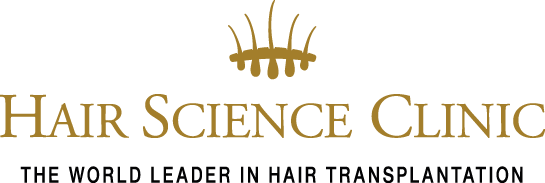Reconstructive hair transplantation
Reconstructive hair surgery is a separate category of hair transplants and one of Hair Science Clinic’s areas of expertise. Some 30% of our treatments are corrections of previous hair transplants performed at other clinics. In case of visible scars or an unnatural hairline as a result of a previous hair transplant not done properly, HST offers a solution in many cases.

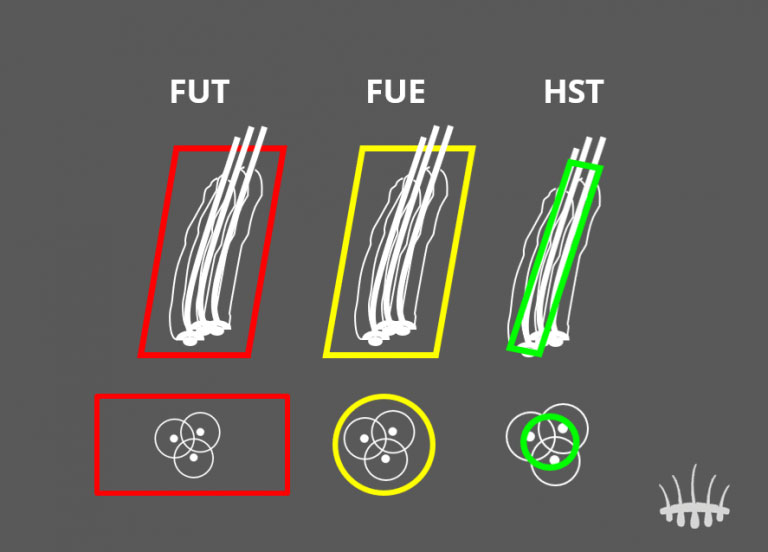
Distinction in hair transplant techniques
The best known techniques for hair transplantation are Follicle Unit Transplant (FUT), Follicle Unit Extraction (FUE) and Hair Stem-cell Transplantation (HST). Although all hair transplant techniques are based on the same principle – extracting hair from the donor area and implanting it in the bald area – there are major differences in quality and results. Hair Science Clinic regularly performs reconstructive treatments to correct previous FUT or FUE hair transplants.
Hair reconstruction surgery after FUT
The FUT method (also called strip method) is now considered obsolete, although there are still clinics that offer this technique. In FUT, a strip of skin with hair is taken from the back of the head and transplanted to the recipient area. This always leaves a large scar. This is why people are using this technique less and less.
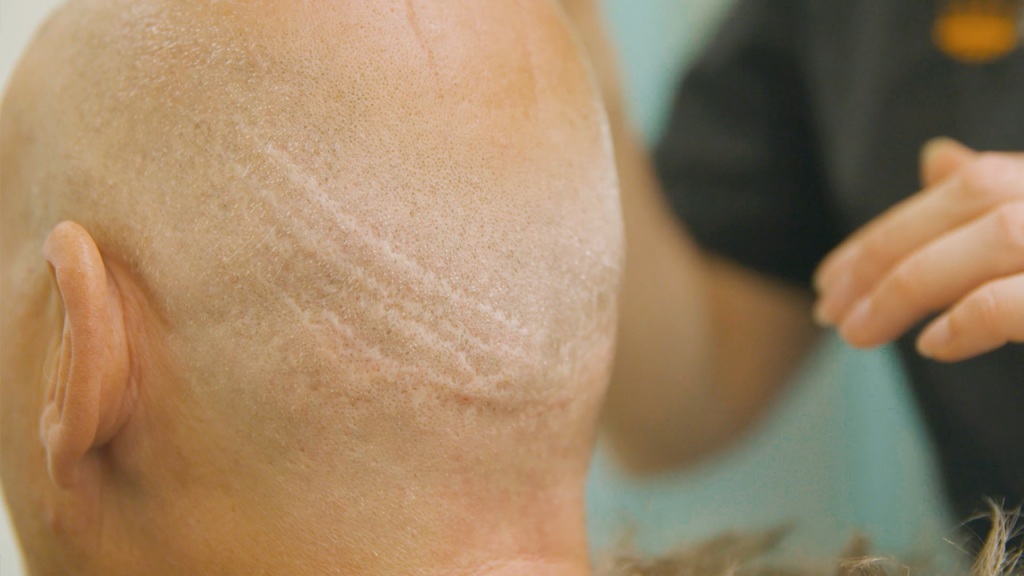

Hair reconstruction surgery after FUE
A more modern technique is the Follicle Unit Extraction (FUE) method. In an FUE hair transplant, the doctor extracts whole hair roots from the back of the head one by one using a hollow needle. They are then placed back into the recipient area, for example at the top of the head, near the inlets or in the beard.
High hair density can be achieved by moving entire hair roots, however, method also has disadvantages. For example, small dot-shaped scars are left behind where the hair roots were removed. No hair grows back on those scars – where the entire hair roots have been removed. They are visible when the hair is worn short.
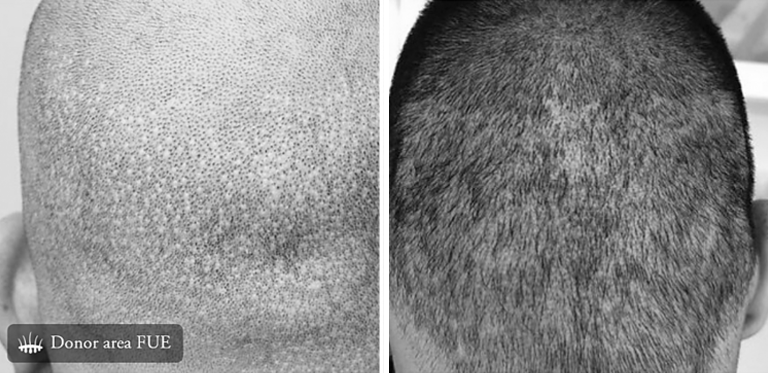
- Left: small dot-shaped scars after FUE hair transplantatio
- Right: bald patches in donor area after FUE hair transplantation.
Unnatural hairline
Sometimes patients are left with an unnatural hairline from a previous hair transplant. The hairline then looks unnatural because of its sharp straight line, which does not suit that person. The hair was not implanted in the right hair growth direction and/or the client’s wishes were not listened to properly. This is what Sunny Jagesar, for instance, experienced. He recorded his negative experience on video.
How does HST work for scars?
A major disadvantage of conventional hair transplantation techniques (like FUT and FUE) is the formation of visible scar tissue in the donor area. The severity and extent of the damage can affect the recovery options. Often, the scarred treated area can be successfully restored with reconstructive hair surgery using the HST method.
Conventional hair transplantation techniques (such as FUE) are limited by the number of hairs in the donor area and the size of the grafts. This is different with the HST method: even if only a few donor hairs are available, new hair growth can be achieved on scar tissue.
This is because in HST, only a small part of the hair follicle – and not the whole follicle – is extracted from the donor area. That small piece of tissue contains enough hair stem cells to induce new hair growth in the recipient area. Hair growth also remains intact in the donor area. In fact, the new hairs in the donor area are also suitable again as donor follicles in a subsequent treatment.
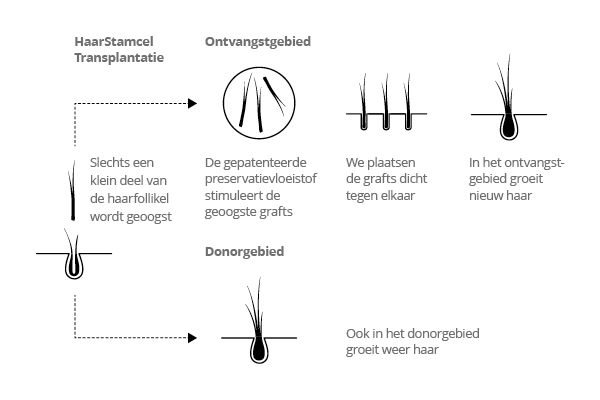
Correcting a failed hair transplant?
Not satisfied with your previous hair transplant or did it fail completely? Get professional advice. Make an appointment for a free, no-obligation consultation with one of our doctors. Together, we will look at the options for reconstruction in your case.
A good example is the reconstructive hair surgery that Dutch celebrity Gerard Joling underwent with us using the HST method.
Why choose HST?
HST is a patented hair transplant technique developed from decades of scientific research. The treatment is very safe and has a host of advantages over other hair transplant techniques: minimal scarring, fine-grained implantation, lifelong results and options for hair restoration of facial hair (eyebrows, beard). The natural results of HST are second to none.
- Highest medical standard, very safe
- Scientifically proven results
- Sophisticated technique, unrivalled results
- Preservation of donor area
- Fast recovery, minimal scarring
- Lifelong result
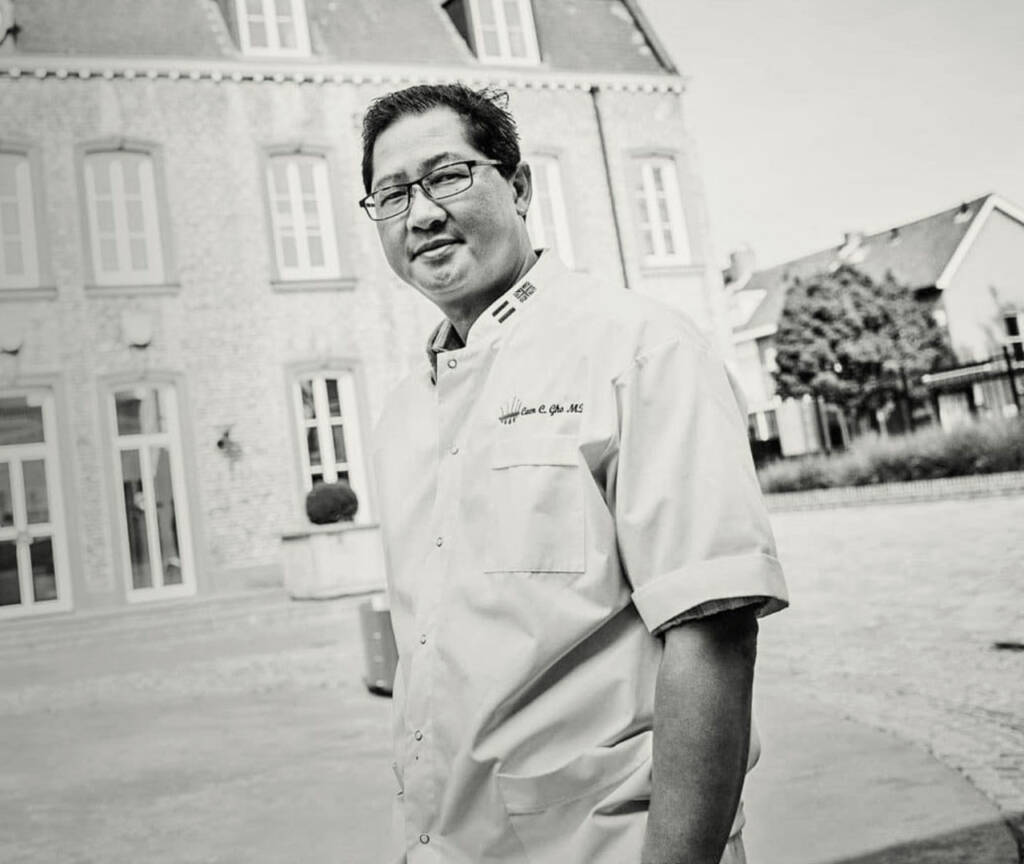
How much does reconstructive hair surgery cost?
The costs and options of reconstructive hair surgery vary from person to person and situation to situation. Many factors play a role: the quality of the donor hair, the course of hair loss, the degree of damage to the donor area, your overall health and your personal wishes. So an HST treatment is always tailor-made. During a free, no-obligation consultation, the doctor will make a full medical diagnosis. Based on this, you will receive a personalised treatment plan including a quote of the costs.
Therapy for burns
HST was first applied to burn patients, including the victims of the Volendam café fire (the Netherlands, 2001). The sophisticated technique and use of tiny needles makes HST ideally suited for hair restoration in patients with burns and scars. Since its success in burn patients, HST has been used in a wider cosmetic field: the technique allows natural reconstruction of hairlines, eyebrows, moustaches and beards.


Discover your options
A no-obligation consultation with one of our doctors is valuable for you and for us. You get personal advice, lots of information and there is plenty of room to ask questions.
Together, we discuss your possibilities, wishes and expectations in detail. Based on this, an individual treatment plan will be drawn up for you.
